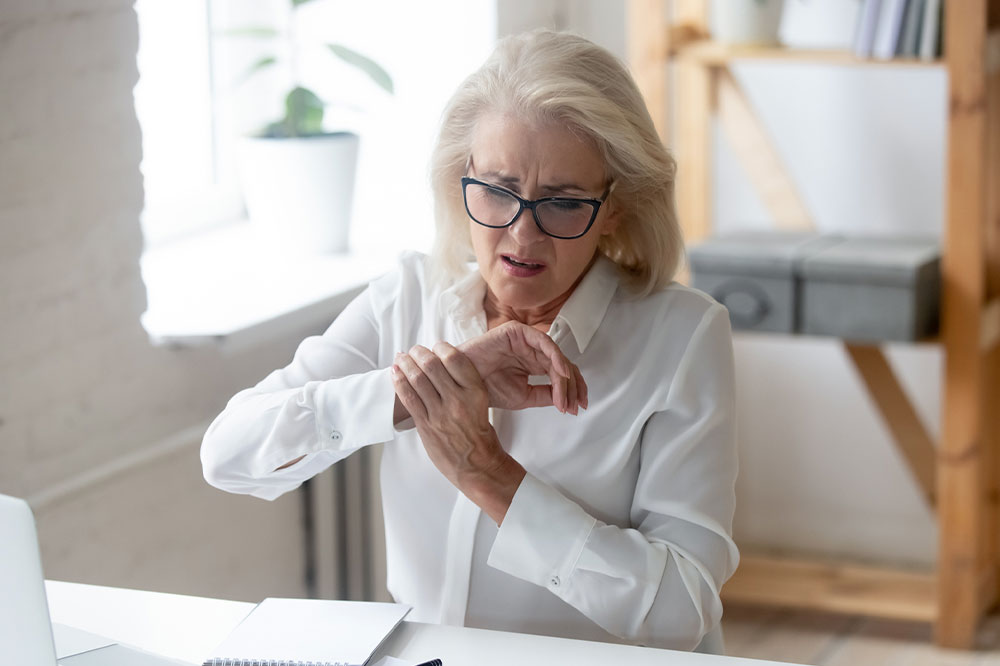
5 early signs of bone weakening
It is normal for the bones to lose density and become weaker with age. Bone weakness develops gradually in most cases, but the onset can be quicker in people suffering from health issues like osteoporosis. This post lists a few common early warning signs of bone weakening that help identify the problem. Individuals who experience these should visit a healthcare professional to identify the cause and learn about the remedies to strengthen their bones.
Lower back pain
When a person has osteoporosis, their bone density reduces dramatically. In such a situation, the bones of the vertebrae, which are located one below the other in the spine, can come under increasing pressure. Sometimes, this pressure causes the lower-back bones to collapse or become compressed, resulting in massive discomfort and pain. Chronic back pain is among the earliest signs of osteoporosis.
Receding gums
The gums and jaw are closely connected to the bone structure in the head and face. So, if a person’s jawbone becomes weak, or, in other words, they lose bone in their jaw, it can cause their gums to recede from their teeth. In such instances, one should visit a dentist to check whether the problem is because of weak bones in the region.
Brittle fingernails
Although the fingernails may not be directly linked to the bones, they contain calcium like them. So, any brittleness could indicate weakening bones or other bone-related issues. Nail strength is often affected by exposure to extreme heat or cold, using acrylic paints or nail polish removers, and immersing the fingers in water for an extended period. If one does not perform these activities often and still has brittle fingernails, it is an alarming initial sign of osteoporosis.
Changes in posture
Weakening bones can affect a person’s posture too. If a person stoops often or appears shorter, it is a major sign of bone degradation. Those experiencing a change in posture must visit a healthcare provider to find out the cause.
Weaker grip strength
Weak bones can reduce bone density and affect the strength of the hand’s grip. As a result, patients find it harder to hold on to things and surfaces.







